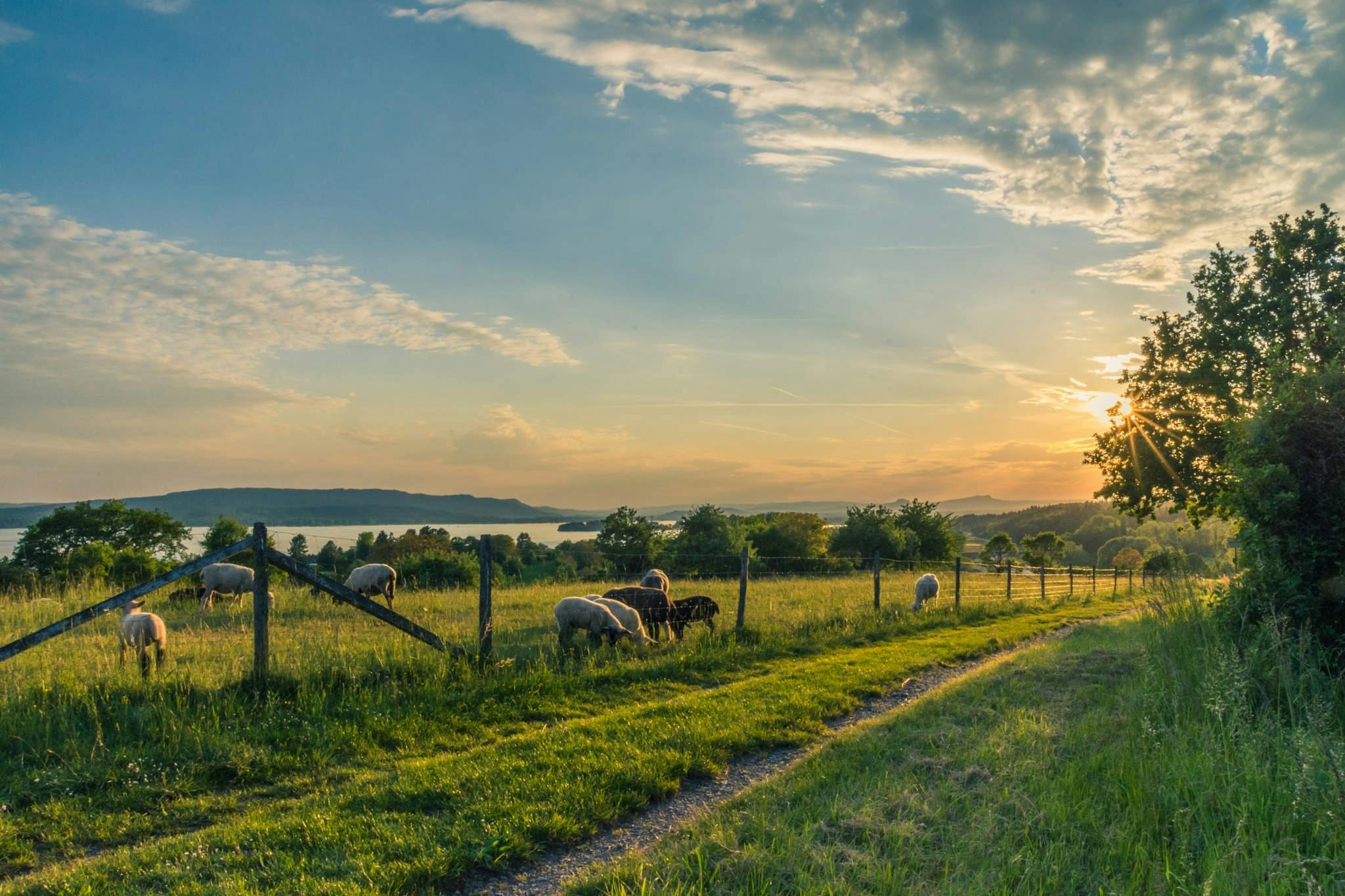https://cdn.thinglink.me/api/image/847154813874470912/1240/10/scaletowidth
"The diversity of life forms is also fast becoming the 'green oil' or raw material for the next industrial revolution based on the emerging biotechnologies" (Shiva, V. , 2011, p.39). During every industrial revolution, some form of the environment is being used. The first Industrial Revolution in the 1700s to mid 1800s, was when machines were introduced in manufacturing. Steam power and coal were two of the biggest sources of energy. Coal power led to the start of air pollution. Also, the need for growing factories overtook the need to preserve natural landscapes. People gave up farming to work in these factories. Their farms were leveled, and buildings were produced. The second Industrial Revolution took place in the late 1800s, and also saw the rise of more factories, but that dealt with the creation of metals. The revolution Shiva talks about, is one where we are using a 'green oil' or raw material that will power biologically run technologies. This biotechnology is items in the environment that can be used to fuel the economy. Biotechnology examples are "vaccines, antibiotics, biofuels, pest and pesticide resistant crops, nutrient supplements", and more (Phillips, T. ).
https://i.pinimg.com/736x/48/be/21/48be213541094b2cfe8ab73e7e1d15cd--honolulu-hawaii-hawaiian-islands.jpg
Biodiversity is needed in all parts of the world, because some regions have no access to modern medicine and products. These regions rely on natural remedies, planting and harvesting crops, and hunting their food. Since there has been diversity in many species, certain plants are better to use as a healer than others, or grow better in that region. This is an adaption the plants species has made to be able to survive there. This can be compared to Darwin's finches that adapted to their specific island to survive. Humans also adapt to changing environments, and always will need to with new species and environmental changes.
https://static.pexels.com/photos/158179/lake-constance-sheep-pasture-sheep-blue-158179.jpeg
Works Cited
Phillips, T. (n.d.). What Is Agricultural
Biotechnology? Retrieved October 10, 2017, from https://www.thebalance.com/agricultural-biotechnology-examples-375753
Shiva, V. (2011). Excerpt from Tomorrow's Biodiversity: What is Biodiversity and Why is it Important. In University Colloquium: A Sustainable Future (pp.38-57). Acton, MA: XanEdu Publishing
Shiva, V. (2011). Excerpt from Tomorrow's Biodiversity: What is Biodiversity and Why is it Important. In University Colloquium: A Sustainable Future (pp.38-57). Acton, MA: XanEdu Publishing



No comments:
Post a Comment